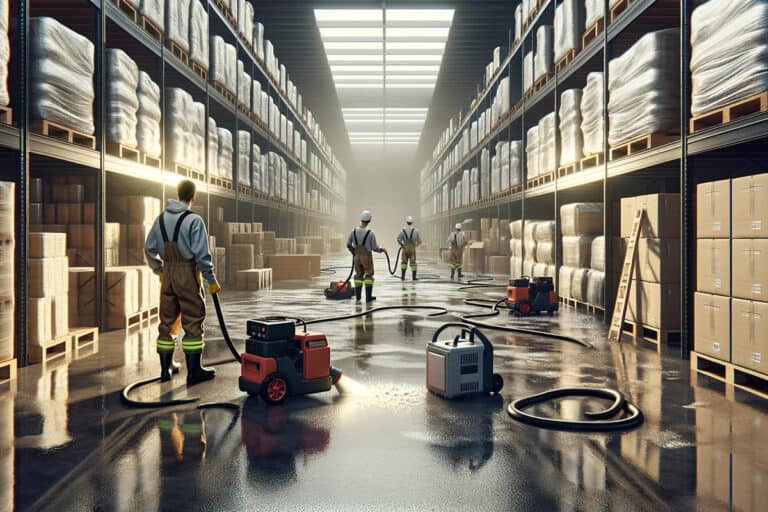Warehouse Water Remediation: Effective Management Strategies
Warehouse water remediation is vital for maintaining the integrity and functionality of commercial facilities. It involves identifying the moisture source, extensive damage assessment, and executing systematic drying and restoration processes. The approach includes immediate actions to prevent further damage, engaging with professional services for regulatory compliance, and planning for future risk minimization. Success in remediation ensures the protection of assets and helps maintain business continuity, highlighting the importance of professional assistance and adherence to safety protocols.

